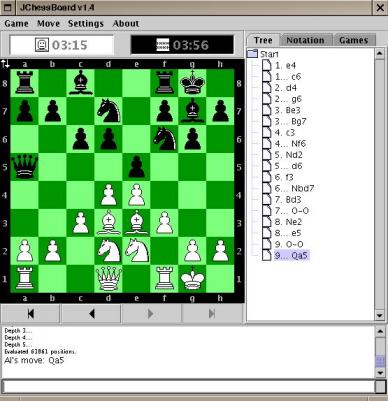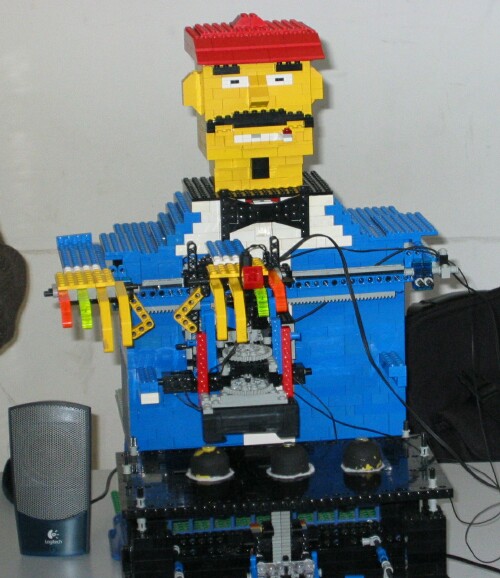We package the Sphinx-4 demos as jar files. These can be easily run from the command line like so:
% java -jar HelloDigits.jar
Now, some of our demos can be quite large and require a heap that is larger than the default heap size. To run these demos the user has to invoke the jar file with a -mx option like so:
% java -mx200m -jar HelloWorld.jarThis is just bonkers. Why should the user have to throw that switch? It is awkward for the user and requires more documentation by the developer. Since the developer knows how much memory the program needs, let the developer configure the app, don't make the user do the work.
Wouldn't it be great if you could put the Java command line options such as the "-mx200m" into the manifest in the jar file so it wouldn't be necessary to explicitly set the heap size option? You can do this sort of thing with Java WebStart JNLP files, but there's no equivalent mechanism for simple jar files. If we had this option we could eliminate a whole bunch of pesky documentation, make things easier for the user and reduce the possible failure modes for Java Apps.



